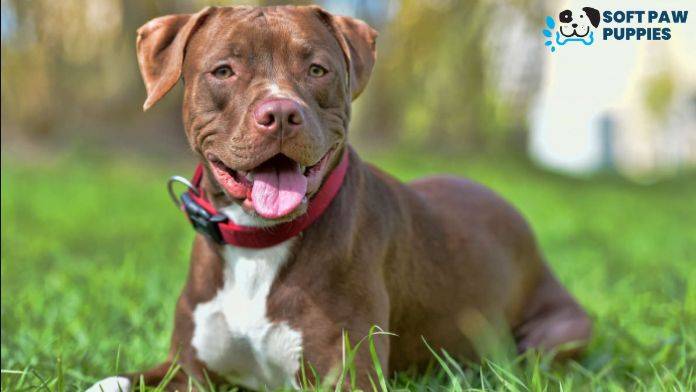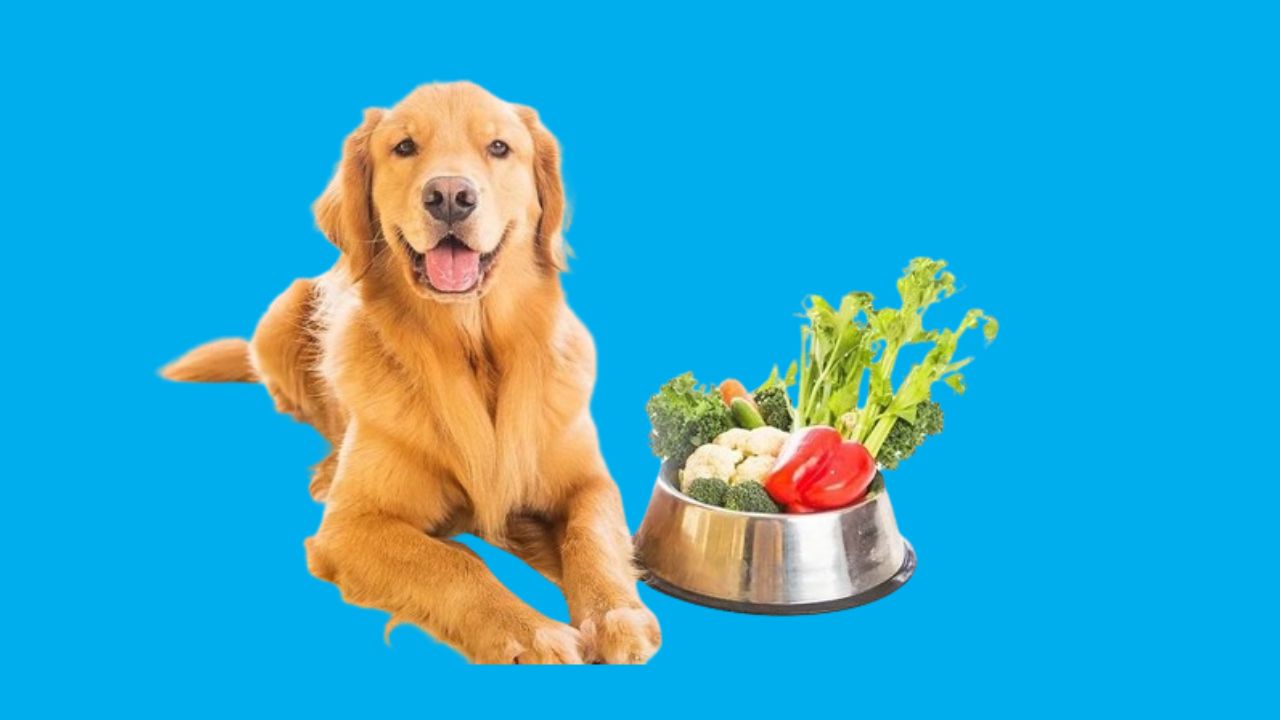
Bringing home a Pitbull puppy is an exciting experience. As a responsible pet owner, providing your furry friend with the best nutrition is crucial. Choosing the right puppy food for your Pitbull is essential for its growth, development, and overall well-being. In this article, we will explore the factors to consider when selecting good puppy food for pitbulls and recommend the best options.
Understanding The Nutritional Needs Of Pitbull Puppies
Before diving into the specifics of puppy food, it’s essential to understand the nutritional requirements of Pitbull puppies. These energetic and muscular dogs require a well-balanced diet that supports their growth and development. Key nutrients include protein, healthy fats, carbohydrates, vitamins, and minerals.
Important Factors To Consider
When selecting puppy food for your Pitbull, consider the following factors :
Quality Ingredients
Look for puppy food that uses high-quality ingredients. Avoid products that contain fillers, by-products, artificial preservatives, and additives. Opt for natural, whole-food ingredients that provide nutrients for your Pitbull’s optimal health.
Protein Content
Pitbull puppies need a significant amount of protein to support their muscle development. Choose puppy food that lists a high-quality source of animal protein, such as chicken, beef, or fish, as the main ingredient.
Healthy Fats
Healthy fats are essential for Pitbull puppies as they provide energy and support brain development. Look for puppy food that includes sources of omega-3 fatty acids, like salmon oil or flaxseed, to promote a healthy coat and skin.
Essential Vitamins and Minerals
Ensure your puppy’s food contains a balanced blend of vitamins and minerals. These nutrients are crucial for your Pitbull’s overall health, immune system, and bone development.
Avoiding Common Allergens
Some Pitbull puppies may have food allergies or sensitivities. Avoid common allergens like soy, corn, wheat, and artificial colors or flavors. Consider limited ingredient or grain-free options if your puppy has specific dietary needs.
Why Do Pit Bulls Require Special Nutrition
Like any other dog breed, pit bulls require a balanced and nutritious diet to support their growth, development, and overall health. However, there are a few reasons why pit bulls may have some specific nutritional considerations:
Muscular Build: Pit bulls are known for their strong and muscular build. They have a higher muscle mass than other breeds, requiring adequate protein in their diet to support muscle development and maintenance.
Energy Levels: Pit bulls are generally energetic and active dogs. They often have higher energy requirements compared to less active breeds. Providing them with a diet that supplies sufficient calories can help meet their energy needs and support their active lifestyle.
Joint Health: Like many larger breeds, pit bulls can be prone to certain joint issues, such as hip dysplasia. A diet rich in omega-3 fatty acids, glucosamine, and chondroitin sulfate can help support joint health and mobility.
Food Sensitivities: Some pit bulls may have food sensitivities or allergies to certain ingredients. It’s important to choose high-quality dog food free from common allergens or consult a veterinarian to determine if your pit bull has any specific dietary needs.
Dental Health: Like all Healthy dogs, pit bulls benefit from good dental health. Feeding them a diet that includes appropriate chewable treats and promotes dental hygiene can help maintain their oral health.
Recommended Brands For Pitbull Puppies
When choosing brands for pitbull puppies, it’s important to consider their specific nutritional needs, activity level, and any potential sensitivities they may have. the best food for pit bulls, Here are some recommended brands that are known for providing quality nutrition for pitbull puppies:
Blue Buffalo
Blue Buffalo offers a range of formulas, including specific ones for puppies, that provide balanced nutrition with high-quality ingredients. They have options for different activity levels and breed sizes.
Taste of the Wild
Taste of the Wild produces grain-free formulas that are often well-suited for pitbull puppies. They focus on providing a diet that mimics the natural ancestral diet of dogs, using premium proteins and nutrient-rich fruits and vegetables.
Wellness Core
Wellness Core is a brand that offers high-protein and grain-free formulas that can benefit pitbull puppies. Their products contain quality ingredients designed to support the development of strong muscles and a healthy immune system.
Merrick
Merrick offers a variety of puppy formulas that are packed with wholesome ingredients and essential nutrients. They have options for different life stages and dietary preferences, including grain-free and limited-ingredient diets.
Orijen
Orijen is known for producing biologically appropriate diets rich in high-quality protein sources. Their formulas are grain-free and made with fresh regional ingredients, providing a nourishing diet for pitbull puppies.
Feeding Schedule and Portion Control
Maintaining a balanced diet for humans and animals involves a feeding schedule and portion control. Let’s examine each idea in turn:
Feeding Routine
A feeding schedule is a predetermined routine for when and how often meals or feedings are provided. Creating a regular feeding schedule can have several advantages, including:
Regularity: Animals, including pets, benefit from routine. A feeding schedule promotes consistency, which may improve their general well-being.
Digestive Health: Regular mealtimes promote healthy digestion and nutrition absorption by allowing the digestive system to work at its best.
Behavior Management: Animal behavior can be controlled by having a regular feeding schedule since animals learn to look forward to meals and can prevent getting too hungry or anxious.
It’s crucial to consider the animal’s age, size, and species when planning its feeding regimen. Some animals, such as puppies or kittens, need to eat more frequently since they require greater energy. Advice on creating a suitable feeding regimen for your pet can be obtained by speaking with a veterinarian or an animal nutritionist.
Portion Control
Managing the food served at each meal or feeding is portion control. It’s important to stop overfeeding and keep both humans and animals at a healthy weight. The following are some arguments in favor of portion control:
Weight control: Limiting one’s food intake helps prevent obesity, which can cause several health concerns like diabetes, joint problems, and heart disease.
Caloric Balance: Portion control ensures a person consumes the right amount of calories to meet their energy needs without overindulging.
Nutritional Balance: By managing quantities, it is simpler to maintain a diet that contains the proper amounts of all the necessary components, such as proteins, carbs, and fats.
Effective Portion Control Implementation Requires
Consult food labels: Read the serving sizes and servings per container information on food labels.
Use Measuring Equipment: Measure portions precisely using measuring cups, scales, or other suitable equipment.
Be Aware: To prevent overeating, eat slowly and recognize your hunger and fullness signs.
It’s crucial to seek advice from a veterinarian or a certified pet nutritionist when it comes to feeding pets to establish the proper portion sizes for their requirements. Age, weight, degree of activity, and general health are important factors.
Transitioning to Adult Food
A pet’s transition to adult food is a significant turning point, especially for puppies and kittens who have mostly been eating a specific diet for growth and development. Here are some pointers to assist you as you move through the transfer process:
Timing
Depending on the type and breed of your pet, there are different timelines for switching to adult food. Generally, puppies and kittens can begin switching to adult food from 6 to 12 months old, though precise advice may vary depending on the breed. For advice catered to your pet’s unique needs, it is best to speak with your veterinarian.
Gradual Transfer
A gradual transition is essential to facilitate a smooth transfer from the present diet to the new adult foods. Moreover, your pet’s digestive system may become agitated and experience gastrointestinal discomfort if the diet is abruptly changed. For a smooth transition, take the following actions:
a. Firstly, combine a small portion (about 25%) of the new adult food with the puppy or kitten food that your pet is currently eating.
b. Throughout around 7 to 10 days, gradually raise the proportion of the new adult food while reducing the amount of the old food.
c. Monitor your pet’s digestion and general health throughout the shift. You should slow down the transition process or seek advice from your veterinarian if you have any signs of digestive distress (such as diarrhea or vomiting).
Choosing The Best Adult Meal
Consider your pet’s unique nutritional requirements when choosing an adult meal. Look for high-quality pet food suitable for your pet’s species (dog or cat) and consider their age, size, level of activity and any dietary sensitivities or preferences they may have. Depending on your pet’s specific requirements, your veterinarian can make recommendations.
Changing Feeding Portions
To ensure your pet maintains a healthy weight while switching to adult food, you may need to change the feeding portions. Adult food often has a different calorie and nutrient content than puppy or kitten food. To find out how much food to give your pet based on age, weight, and activity level, refer to the feeding recommendations published by the pet food manufacturer or speak to your veterinarian.
Conclusion
Choosing the best puppy food for your Pitbull is a critical decision that can significantly impact their health and well-being. Additionally, consider the nutritional needs of Pitbull puppies, including high-quality protein, healthy fats, essential vitamins, and minerals. Furthermore, remember to follow a proper feeding schedule, transition to adult food appropriately, and consult your veterinarian for personalized advice.
FAQ
How Do I Establish a Feeding Schedule for My Pitbull Puppy?
To establish a feeding schedule for your Pitbull puppy, divide their daily portion into multiple meals and feed them consistently throughout the day. Consult the guidelines provided by the puppy food brand and consider your puppy’s age, weight, and activity level.
Can Pitbull Puppies Have Food Allergies?
Yes, Pitbull puppies can develop food allergies or sensitivities. Therefore, it’s important to avoid common allergens like soy, corn, wheat, and artificial additives. Consider limited ingredient or grain-free options if your puppy has specific dietary needs.
When Should I Transition my Pitbull Puppy to Adult Food?
The recommended age to transition a Pitbull puppy to adult food is typically around 12 to 18 months, depending on their growth rate and breed size. However, it is important to consult with your veterinarian for personalized advice.
What are The Benefits of Omega-3 Fatty Acids in Pitbull Puppy Food?
Omega-3 fatty acids in ingredients like salmon oil or flaxseed benefit Pitbull puppies. They support brain development, promote a healthy coat and skin, and contribute to overall well-being.






